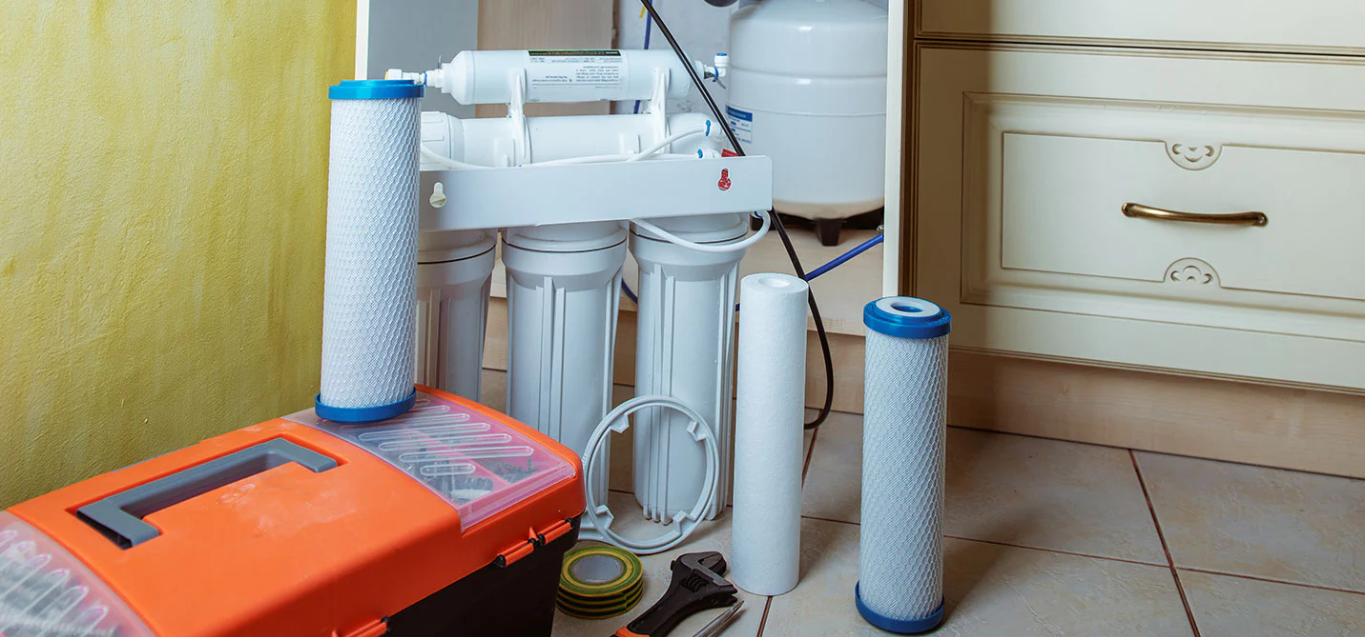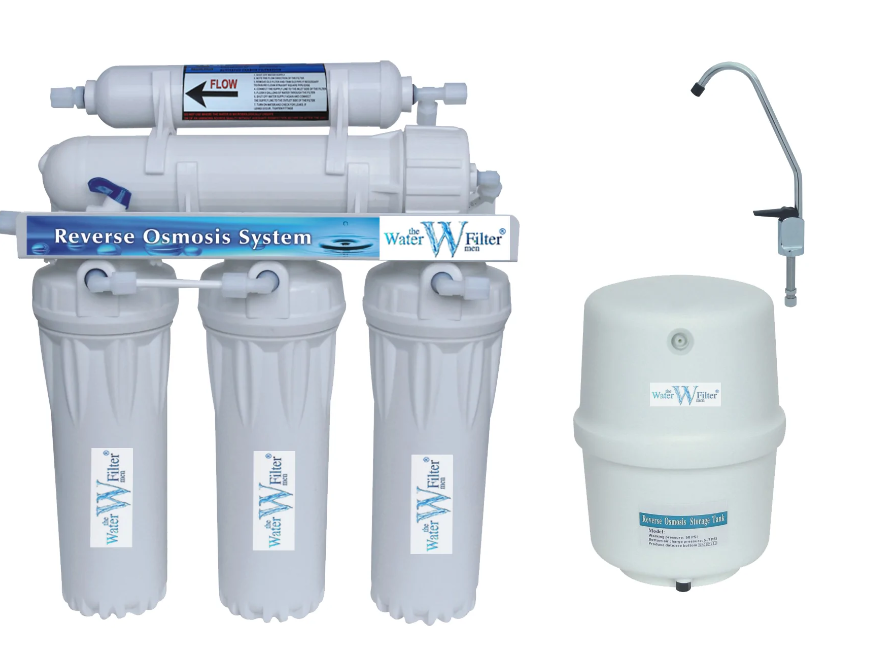The reverse osmosis water treatment process is one of the most common ways to remove excess TDS from water. However, it’s also one of the most misunderstood. Suppose you’re a technician or involved in producing RO units or other water treatment solutions. In that case, there are a few reasons why you need to be familiar with this process – and why the difference between Reverse Osmosis and Ultrafiltration is an important distinction to make.
The Theory Behind Reverse Osmosis:
The main goal of reverse osmosis is to remove contaminants from water by passing them through a semipermeable membrane which separates unwanted minerals and salts from the water. This allows you to produce clean drinking water from any type of source, including seawater, brackish water, or even waste effluent streams such as effluent from industrial plants or municipal wastewater treatment facilities.
Reverse Osmosis Water Treatment Application:
The reverse osmosis water treatment process is one of the most common ways to remove excess TDS from water. However, it’s also one of the most misunderstood. If you’re a technician or involved in producing RO units or other water treatment solutions, there are a few reasons why you need to be familiar with this process and why the difference between Reverse Osmosis and Ultrafiltration is an important distinction to make. Water softener installation in London eliminates the problems of hard water.

What is TDS and Why Does It Matter?
TDS stands for Total Dissolved Solids, which refers to all dissolved substances in water, including minerals and salts. In addition to the obvious contaminants like lead or mercury, many trace minerals can also be dissolved in water. For example, if you live near an ocean or freshwater lake, you may have noticed that your tap water tastes differently depending on the time of year. This is because as temperature changes, so does the level of mineral content in your drinking water – which can affect its flavor and quality.
How Does RO Work?
The first step in any reverse osmosis system is to create a pressure differential between two chambers. One chamber contains clean water, while the other has dirty water that has been contaminated by dissolved solids (TDS). Pressure is applied to create this differential and force water through a semipermeable membrane that blocks most of the contaminants but lets clean water pass through.
Conclusion:
Reverse osmosis water treatment is a process that uses pressure and semi-permeable membranes to eliminate salts and impurities from water. The water goes in, and then pure water comes out the other end. It’s a way of cleaning up the world’s water supply – and the RO process is one of the most common methods in the market today.
For more information visit our website!

